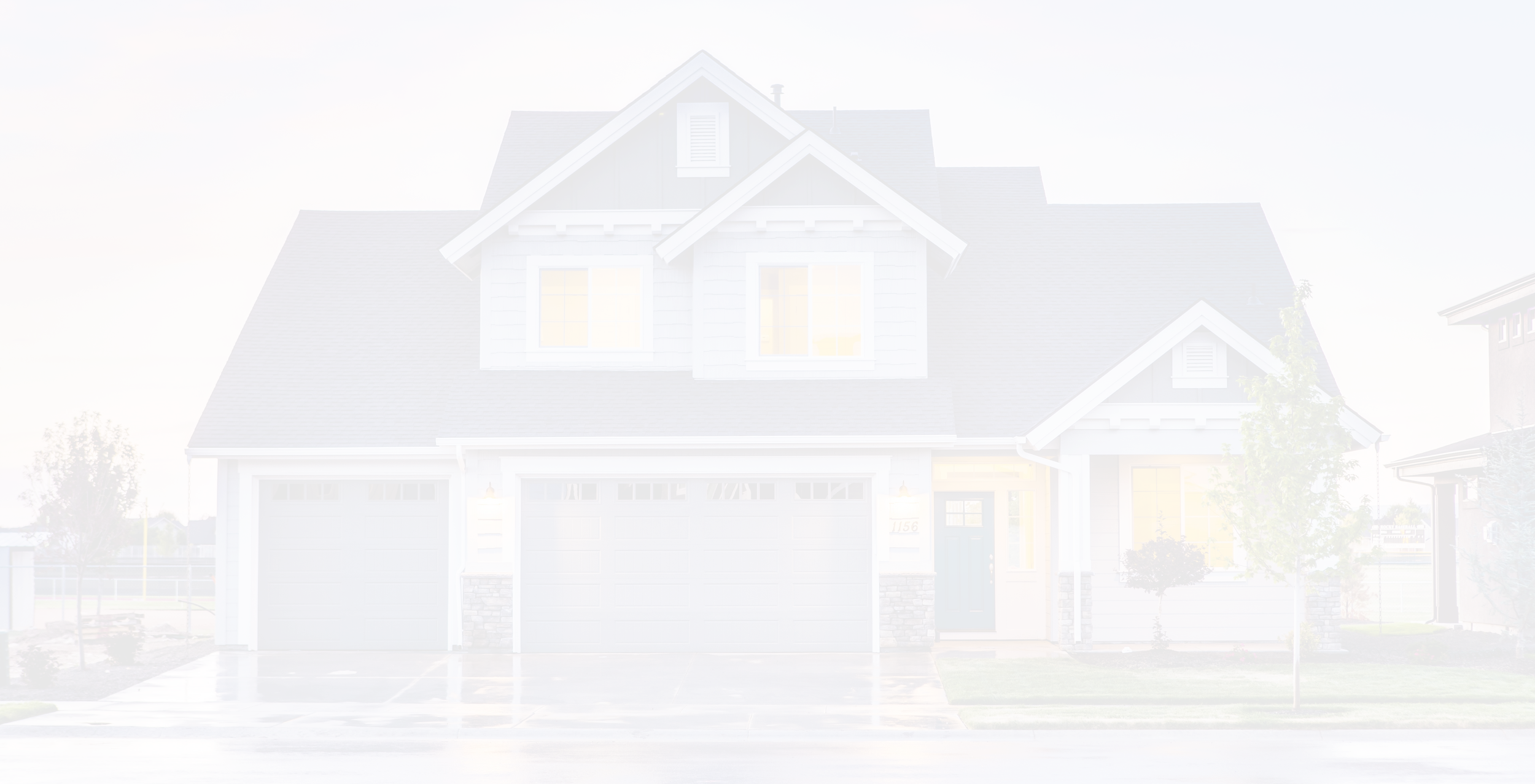
Distribution Pressure Reading
How do you measure water pressure?
Water pressure can be easily measured with a water pressure gauge that we attach to your water system to give you a spot-measurement of water pressure at the time of inspection.
What do you look for?
Residential water pressure tends to range between 40 and 80 psi (pounds per square inch). Anything below 40 psi is considered low and anything below 30 psi is considered too low. Pressures above 80 psi are too high. Whereas low water pressure is more of a nuisance than a serious problem (some fixtures, like washing machines, have minimum pressure requirements), high water pressure carries with it a significantly increased risk of damage to pipes, joints, fixtures and seals - not to mention increased water waste.
Good water pressure is something many homeowners take for granted. Noble Home Inspections doesn’t want you accidentally purchase a home that has too low or too high of water pressure.
Can I fix it?
A residence receives water from either water well on-site or a municipal provider (such as a City, MUD, PUD, or similar political subdivision). Municipalities either get their water from groundwater (through a larger water well) or treated surface water (such as lakes, rivers, and streams). Whatever the source, your water is delivered to your house under a particular pressure.
Many external factors influence the final water pressure you get in your home. The elevation of the home, the main service line size, and the distance from the water source are a few factors that can have an influence on water pressure. Other factors internal to the home can have an effect on water pressure, such as clogged lines, galvanized piping, or undersized pipes.
If your pressure is too high, you can install a water pressure regulator or a pressure reducing valve to lower the pressure before it goes into your home.
If your pressure is low, isolating why it is too low is an important factor to our inspection. Low water pressure could be isolated to a single fixture (indicating a line clog or a small pipe) or could be much more extensive, coming from the City water source. In some cases, low water pressure cannot be fixed easily and would require infrastructure changes to the municipals delivery supply.






